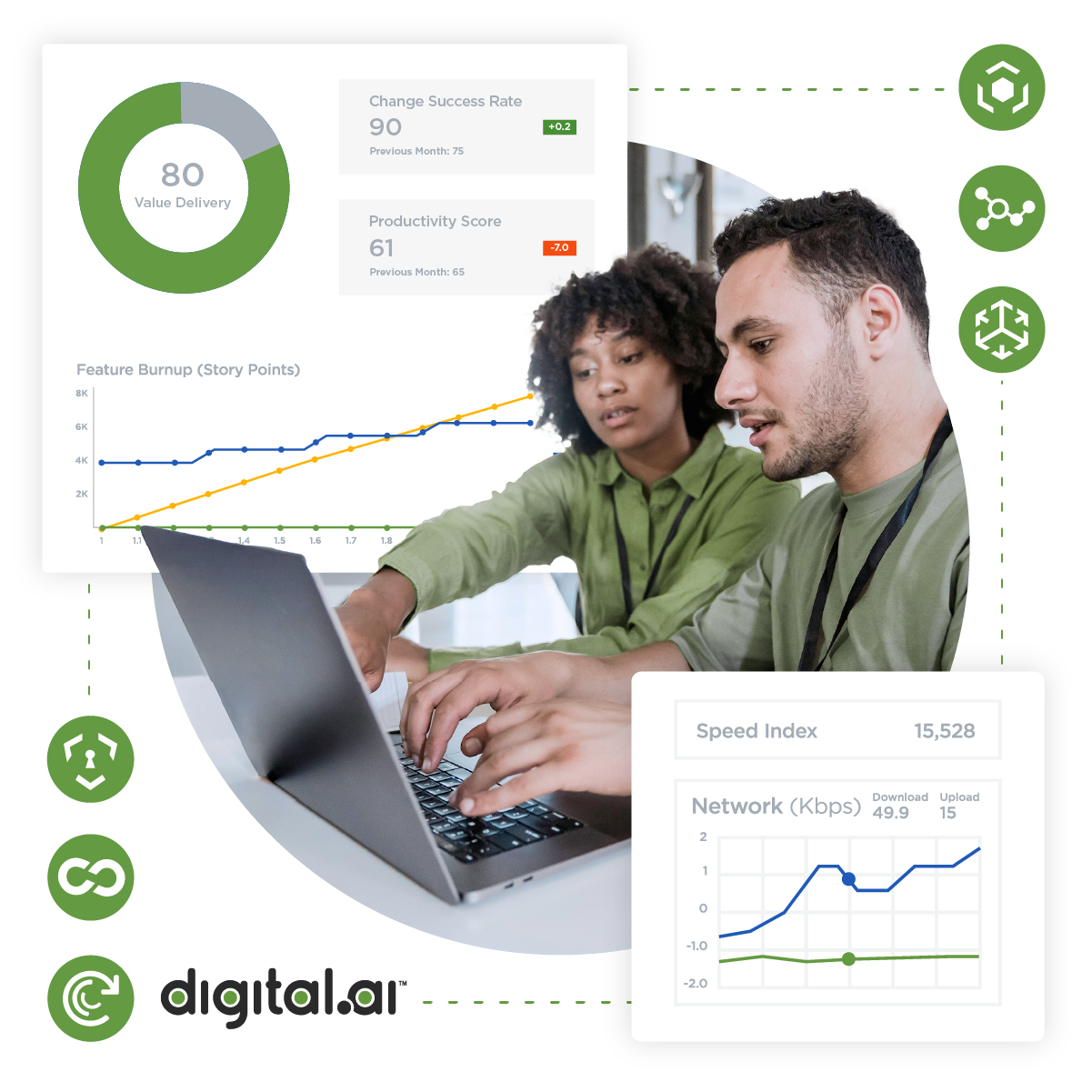Table of Contents
Related Blogs
Originally Published on May 23, 2023 — Updated on April 22, 2024
Mobile app security risks climb as remote work increases
Mobile app security remains a key priority for business organizations of all sizes, particularly as remote work creates a surge in the use of mobile devices. With the growth of “bring your own device” policies, and the expansion of remote work, more employees than ever are using their personal smartphones and other devices for business-related activities and tasks.
A Gartner report on the use of global devices observed, “The integration of personal and business lives, together with a much more dispersed workforce requires flexibility of device choice. Workers are increasingly using a mix of company-owned devices and their own personal devices running on Chrome, iOS and Android, which is increasing the complexity of IT service and support.”
BYOD has been a challenge for many organizations since long before the start of the COVID pandemic. For instance, Trend Micro released a report in 2014 showing that more than 46% of enterprises that allowed employee-owned devices to access their network experienced a data breach. But the rise in remote work since 2020 has created an even greater proliferation of personal devices, with downloaded non-business apps, to access networks and data. With more employees connecting to company systems via home or remote Wi-Fi access, the security risks are affecting not just enterprise level companies but organizations of all sizes. As Forbes noted in an article about the rise in cyber attacks, “The rapid move to remote work made it hard for security professionals to keep up the pace with updating infrastructures to support an online-all-the-time, connect-from-anywhere workforce. It made networks easier to target with many employees working from home on unprotected Wi-Fi networks.”
Meanwhile, in their Mobile Security Index 2021 Report, Verizon reveals that, “More than one in five surveyed companies had experienced a compromise involving a mobile device in the preceding 12 months. And further, the severity of the consequences remained high.”
The Verizon report also showed that cybercriminals are finding new ways to infiltrate devices. The usual suspects—phishing, ransomware and malware—remain a top concern, but cybercriminals aren’t standing still. They are getting increasingly creative at finding new ways to fool users, break through companies’ defenses and compromise organizations’ systems and cloud-based apps.
For example, Verizon reports that system intrusion is one of the newer threats. “This new pattern consists of more complex attacks, typically involving numerous steps, Verizon warned. “The majority of these attacks involve Malware (70%), usually of the Ransomware variety, but also of the Magecart attack type used to target payment card data in web applications.”
As threats escalate and organizations implement more cautious security protocols, there is increasing pressure on software developers to make apps more secure during the development process.
User demands driving faster app delivery
Along with security concerns, demand from users for optimal UI and faster apps is also pressing software development teams to deliver faster and more frequent releases. As DevOps.com notes: “The shift to agile software development and continuous deployment methodologies is another factor ratcheting up pressure on developers to create new apps in weeks, or even days, without sacrificing quality.”
The pressure to shift app security further left in the development pipeline means that app security best practices have shifted to a more substantial approach. According to an InfoQ report, “In order to secure mobile apps, a multi-layered and comprehensive security defense is required… mobile app security must be automated, rapid, continuous and iterative, as well as guarantee-able and auditable. In other words, mobile app security needs to evolve to fit the way developers build apps and not the other way around.”
Continuous delivery and automated software testing solutions are a key part of the app security best practices that are helping software organizations deliver safer and more secure apps.
What is Automated Software Testing?
It is crucial to ensure a product function flawlessly in the fast-paced world of software development. Automation testing is changing the manual landscape rapidly. At its core, automated testing utilizes software tools to execute tests, analyze results, and compare them to predetermined expectations. This removes the human element from repetitive tasks.
The Importance of Automated Testing in Software Development
It is impossible to overstate the significance of automated testing in software development. Let’s see how automated testing:
- Increases Efficiency – Automated tests can be executed much faster than manual tests, especially for regression testing, which ensures new features don’t break existing functionality. This frees up valuable time for testers to delve into more complex testing scenarios.
- Improves Accuracy – Human error is a natural part of manual testing. Automation removes this element, leading to more consistent and reliable test results.
- Detects Defects Early – Automated tests can be integrated into the development process, enabling the identification and fixation of bugs much earlier in the development cycle. This saves time and resources down the line.
- Enhances Test Coverage – Automation allows for the creation of a wider range of test cases than manual testing can accommodate leading to more comprehensive software testing.
Different Types of Automated Testing
Each type of automated testing caters to a specific scenario:
- Unit Testing: Focuses on individual units of code, ensuring they function as intended in isolation.
- Integration Testing: shifts focus to how different software modules interact with each other.
- Functional Testing: verifies if the software’s functionalities meet the specified requirements.
- Regression Testing: ensures that new code changes haven’t negatively impacted existing functionalities. Automation is particularly valuable for this purpose.
- Performance Testing: assesses how the software performs under various load conditions, identifying bottlenecks and ensuring optimal user experience.
- Accessibility Testing: ensures digital products are usable by everyone, including those with disabilities.
Automating the SDLC
There are two key aspects to automating the software delivery process.
- Software in Test Automation: There are many software tools available to automate testing processes. These tools allow testers to script test cases, execute them, and analyze the results.
- How Test Automation Software Works: In essence, test automation software simulates user actions and validates the software’s response against predefined criteria. This streamlines the testing process and delivers consistent results.
Evaluating an Automated Software Testing solution
As software features need to be delivered more quickly to meet demand, continuous testing and automated software testing solutions can ensure that apps are more secure during the development process, well before they are launched in the App Store or on Google Play.
A comprehensive mobile app testing solution will be multi-layered and include both manual and automated software testing. Also, continuous testing can ensure that testing is more effective. As Tech Beacon explains, “Testing should be combined with benchmarking against industry standards and user expectations to be sure that what seems acceptable to developers is also acceptable to users. Testing should also occur on a continuous basis. Monitor performance and look for user feedback suggesting problems, and then fix things as soon as possible.” Continuous testing is most effective when conducted at various stages throughout the software development pipeline.
Another key piece of mobile app testing involves complete automated software testing on physical devices. As DevOps.com recently stated in an overview of mobile apps testing, “Unlike traditional apps, mobile applications need to be tested on dozens, sometimes hundreds of devices to ensure they run anywhere. The proliferation and ubiquity of mobile devices mean developers need to test on more than 350 devices just to cover 90% of the mobile device market.” Unit and regression testing on devices should also include multiple variations of iOS and Android devices, and on different network and environments.
Finally, advanced automated software testing solutions often include AI-empowered analytics that work to analyze risk threats through data correlation and detect bugs during the development process.
Designing Automated Test Cases
Designing effective automated test cases is crucial for successful test automation. The process looks something like this:
Steps in Designing an Automated Test Case
- Identifying the functionalities to be tested.
- Defining the expected outcomes for each test case.
- Creating detailed steps outlining user actions.
- Specifying the data required to execute the test case.
- Developing the test script using the chosen automation tool.
Tips for Effective Test Case Design
- Focusing on critical functionalities and user journeys.
- Designing clear and concise test steps.
- Making test cases reusable and maintainable.
- Utilizing data-driven testing for efficient test execution.
Checklists for Test Case Design
- Do test cases cover a specific user story or functionality?
- Are the expected outcomes clearly defined?
- Are the test steps easy to understand and follow?
- Is the test data readily available and manageable?
The pros and Cons of Automated Testing
Pros
- Increased Efficiency and Accuracy
- Improved Test Coverage
- Early Defect Detection
- Reduced Costs in the Long Run
Cons
- Initial Investment in Tools and Training
- Not All Tests Can Be Automated
- Maintenance of Automated Tests Over Time
Automated Software Testing best practices
These will help organizations maximize their automated testing:
- Building a Test Plan for Automation: Defining the scope of automation, identifying the tests to be automated, and establishing priorities.
- Avoiding Common Pitfalls: Don’t automate everything; focus on areas that yield the most value. Ensure test cases are well-designed and maintained. Focus on achieving a balance between automation and manual testing.
- Emerging Trends: The landscape of test automation is constantly evolving. Stay updated on trends like AI-powered test generation and machine learning for test data analysis.
- How AI and Machine Learning are Influencing Test Automation: AI can automate the creation and execution of test cases, while machine learning can analyze test results and identify patterns to predict potential defects. These advancements hold immense promise for further streamlining the software testing process.
Automated software testing has become an indispensable tool in modern software development. By leveraging its capabilities, development teams can deliver higher quality software faster and more efficiently. While there are initial investments involved, the long-term benefits outweigh the costs. As AI and machine learning continue to evolve, we can expect even more sophisticated automation techniques to emerge, further revolutionizing the way we test software.
Digital.ai Continuous Testing solution allows software development teams to perform mobile testing continuously and provides access to thousands of real physical devices. To learn more about Automated Software Testing with Digital.ai’s Continuous Testing , visit: https://digital.ai/products/continuous-testing
Are you ready to scale your enterprise?
Explore
What's New In The World of Digital.ai
Guide: Mobile Automation with Appium in JavaScript
Learn to automate mobile apps with Appium and JavaScript. Our guide includes setup, test writing, and advanced features to streamline your testing process.
Digital.ai Testing Now Supports iOS 26 Beta
Digital.ai Testing now supports iOS 26 (Beta). Discover the new features and see how it works with a demo below.
Beyond Automation: How AI is Transforming Enterprise Software Delivery
Discover how AI in software delivery is revolutionizing enterprise software by automating tasks, enhancing UX, and transforming the SDLC.



